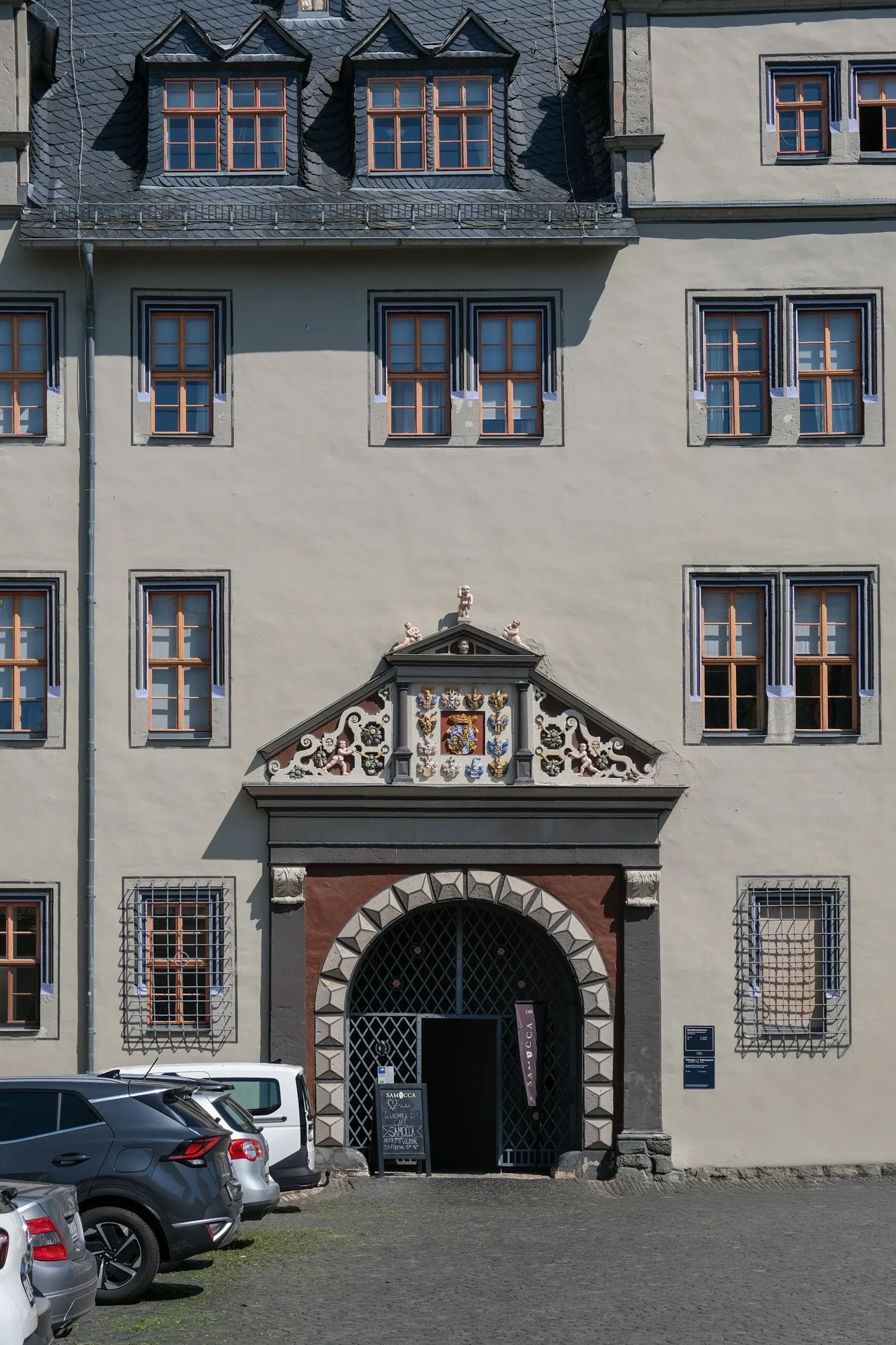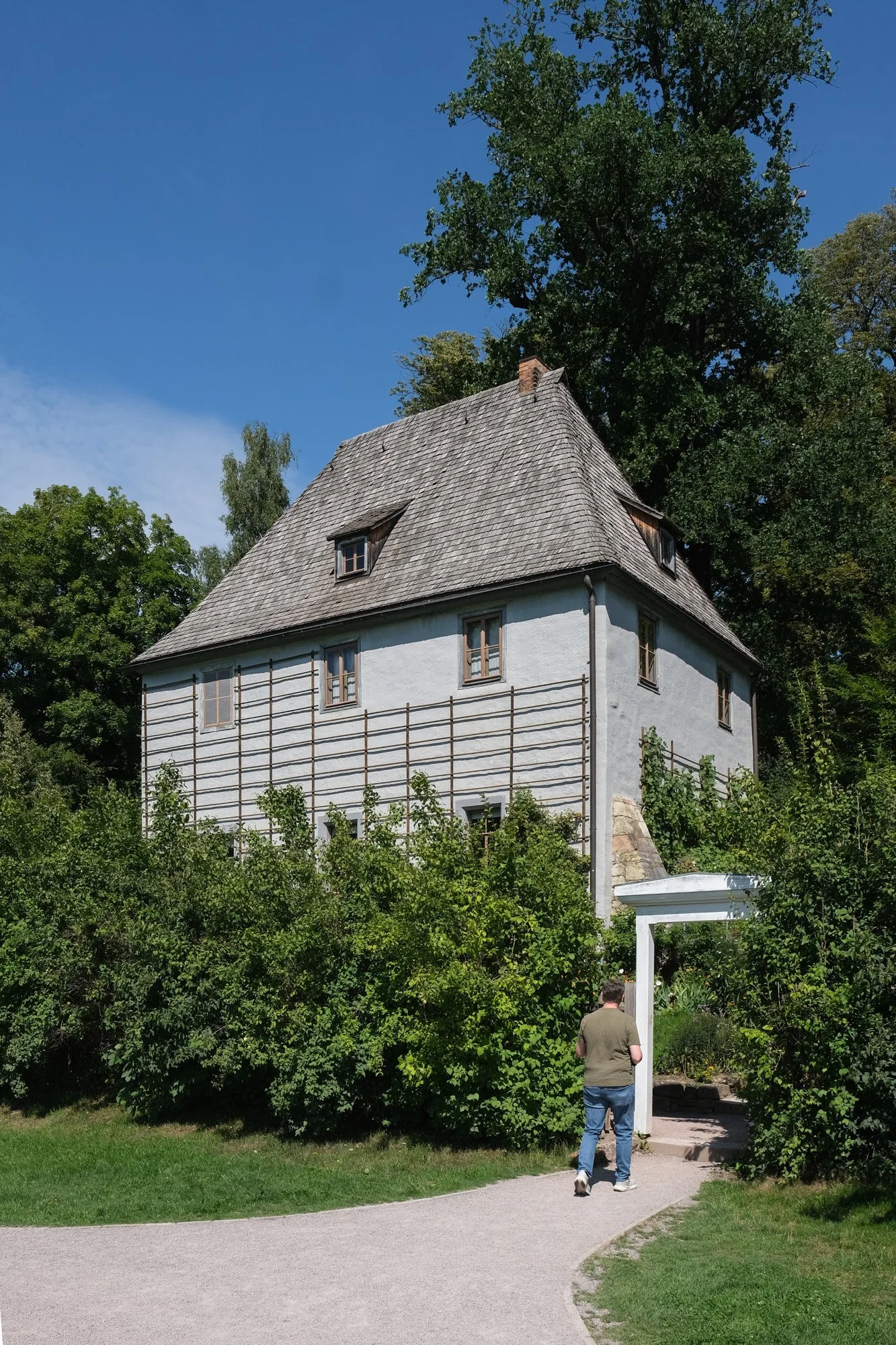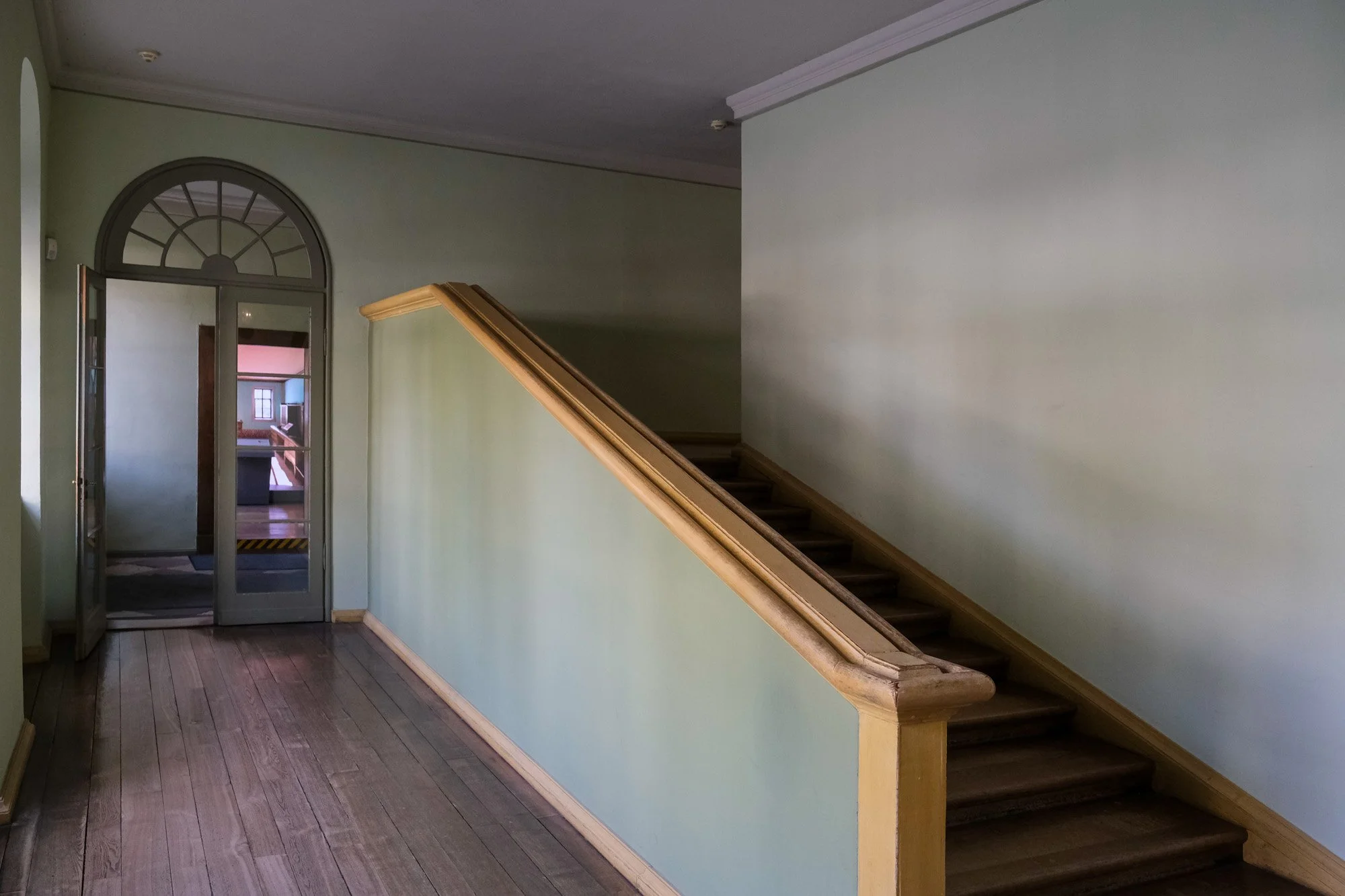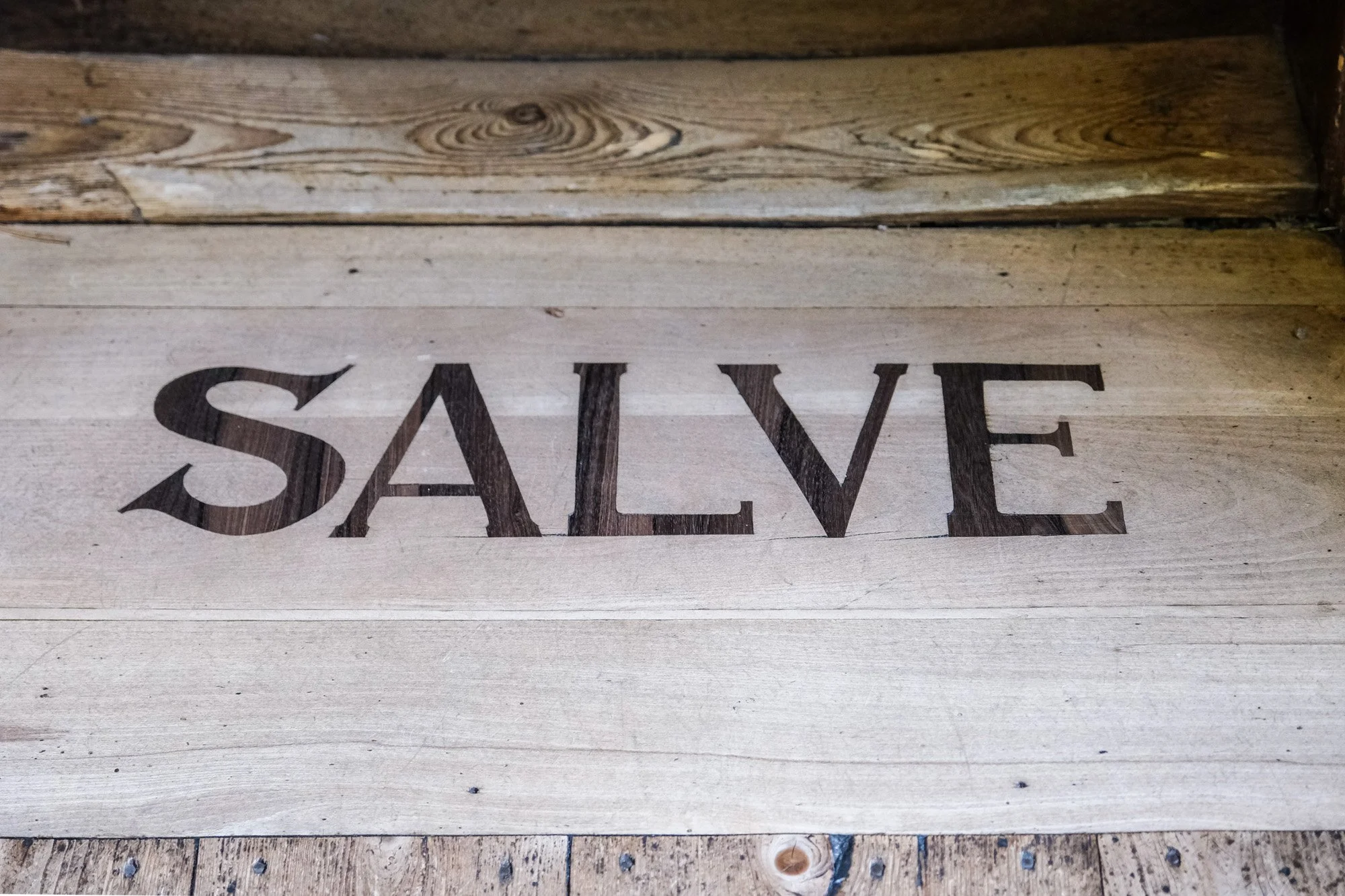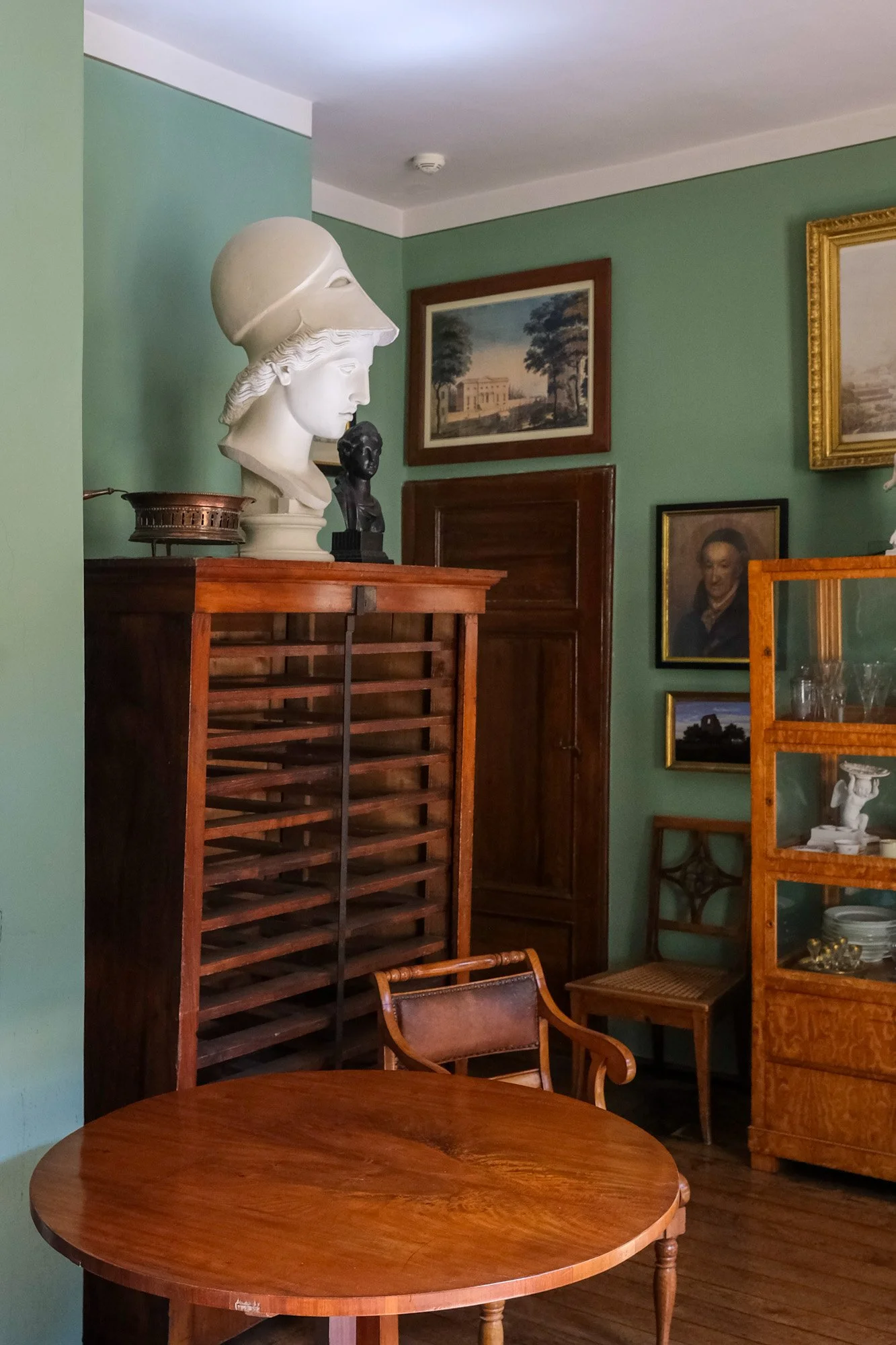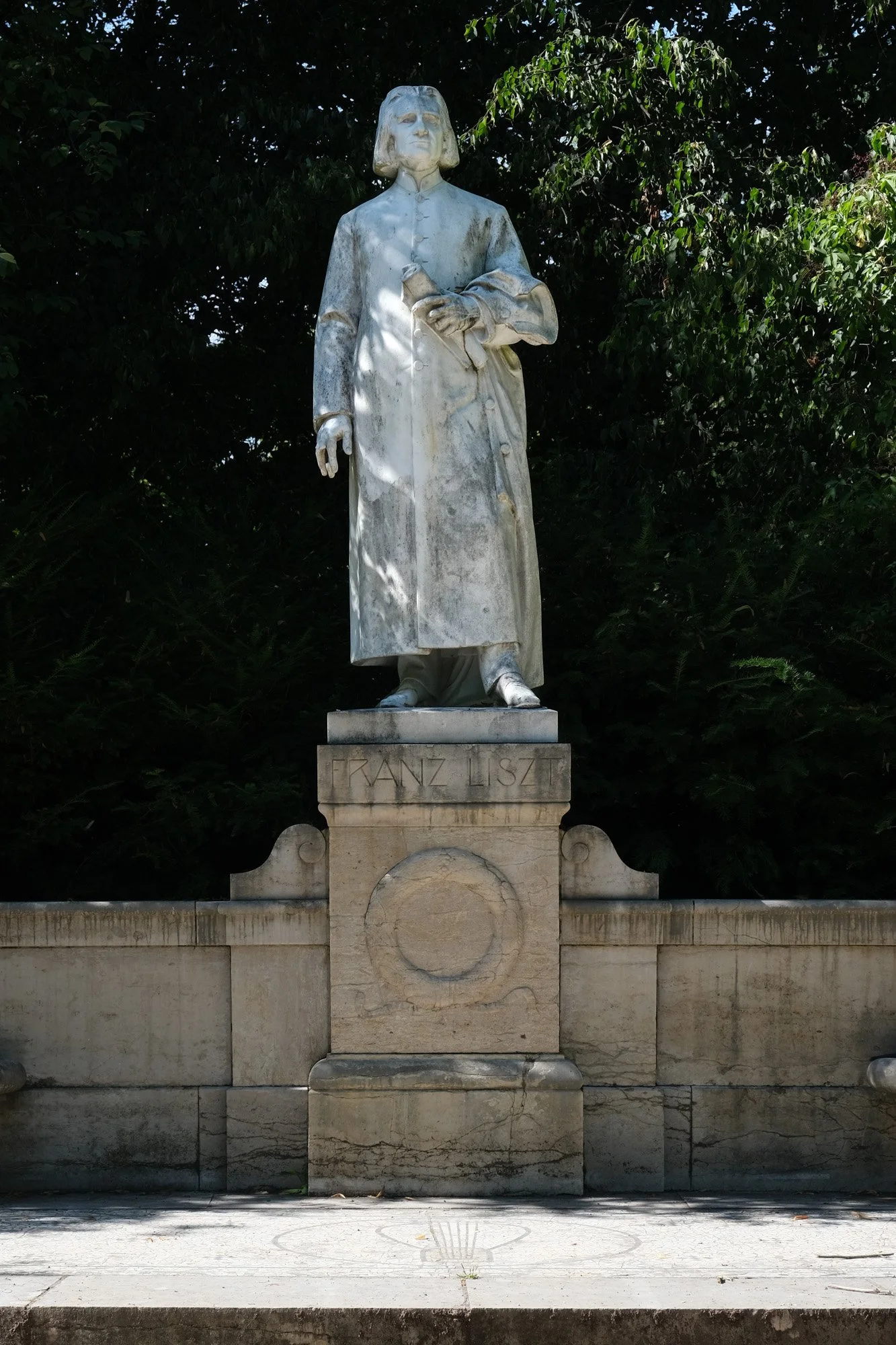The Great Contradiction of Weimar
For anyone remotely interested in German history, few cities are as significant as the Thuringian city of Weimar. This city of sixty-five thousand was the home to German Classicism, the Weimar Republic, the Bauhaus, and the infamous Buchenwald concentration camp. Even though our trip was centered around the life of Martin Luther, Weimar turned out to be my favorite stop in the whole trip, and the one place where the great epochs of German history came alive. I take pride in being somewhat of a history nerd, but I am truly embarrassed by just how little I knew about the complexity and contradiction of Weimar.
Complex history aside, Weimar is a charming city in its own right that delights any visitor. Although the city did not escape destruction during World War II, the historical buildings and monuments were quickly rebuilt after the war. Compared to Erufrt, Weimar is very compact and walkable; we could easily walk from one end of the city to another in under fifteen minutes. While it has been a popular cultural destination among the Germans, Weimar remains relatively under the radar among foreign visitors. It rarely makes the list of top places to visit in Germany.
Weimar Classicism
Weimar has a special magnetic pull for most Germans, primarily due to its association with Weimar Classicism (Weimarer Klassik). It was a literary and cultural movement that began in 1771 when Duchess Anna Amalia invited the Seyler Theatre Company to her court in Weimar, aiming to make Weimar the center of the arts. At the time, the German-speaking world embraced the romanticism of the Sturm und Drang movement, which emphasized intense emotion, individualism, and a rejection of the rationalism of the Enlightenment era. Some scholars describe this movement as an artistic movement of energetic young men, unapologetically brash and melodramatic.
The prestige of Seyler Theatre Company drew more intellectuals to Weimar. Among them is Johann Wolfgang von Goethe from Frankfurt. At the age of twenty-five, the young Goethe was already a celebrated author with his first novel, The Sorrows of Young Werther. He was invited to the court of Weimar under the patronage of Duchess Anna Amalia. Weimar was a political and social backwater at the time, particularly in comparison to a metropolis like Frankfurt. Under the young Duke Karl August, Goethe was given a coveted seat on the duchy’s privy council and given numerous ministerial posts in his early years in Weimar.
As a member of the Privy Council, Goethe was given a little cottage by the River Ilm in 1776. The gift allowed Goethe to claim citizenship and hold governmental positions. Goethe’s Garden House (Goethe Gartenhaus) was in rough shape, and Goethe was personally involved in the gradual renovation. Amazingly, all renovation expenses for the house and the garden were paid for by the duke. For six years, he called this cottage home until he acquired a stately mansion in the city center, which allowed him to be closer to the court. Despite the creature comforts of his city mansion, Goethe kept the cottage and continued to use it as a physical and spiritual refuge for the rest of his life.
Due to his celebrity, much of the furniture on display was original to Goethe’s time. The interiors also feature numerous objects related to Goethe’s travels and interests, as well as personal sketches of the nearby scenery and his female companion at the time. I was pretty impressed by his artistic ability. Hanging on the wall of the old dining room are two panoramic views of ancient and new Rome. In the midst of his political career, Goethe spent two years touring Italy incognito to escape the mundanity of life at court. His journey to Italy made a lasting impact on Goethe’s intellectual and artistic pursuits. He was exposed to the majesty and simplicity of ancient Rome and Greek antiquity. It is one of the contributory factors for his evolution beyond the Sturm und Drang movement.
After the 19-year-old Duke made young Goethe a member of the Privy Council, he used his study inside the Gartenhaus as his office. One of the most curious original artifacts in the study is a high trestle chair, which was quite a modern piece of furniture, nicknamed “donkey.” Many celebrated authors, from Charles Dickens to Virginia Woolf, had the habit of writing while on their feet. This saddle-like “chair” allowed Goethe to write “standing up” for an extended period of time with ease. I wonder why this type of furniture is not more commonplace nowadays.
For us, the highlight of the Gartenhaus would be its charming exterior and the gardens. Outside of the main entrance is an elaborate pavement he designed based on the ancient Roman pattern discovered in the recently excavated Pompeii. Even from his early years, Goethe also developed a keen interest in the natural world, particularly geology and flora. The gardens are separated into a kitchen garden, a lawn, and a summer garden. It is not surprising that Goethe always preferred the nature surrounding the Gartenhaus over his grand mansion in central Weimar.
At the far end of the garden is an unassuming object: a circular globe sitting atop a cubic plinth. Goethe designed and installed this sandstone monument a year after moving here. Nicknamed the Stone of Good Fortune (Der Stein des guten Glücks) by scholars, the sculpture is surprisingly modern, as it has no ornamentation. It is often regarded as Germany’s first non-figural monument. Curiously, Goethe did not document the meanings and symbolism of this enigmatic creation. Some believe the contrast between the two forms symbolizes the duality of stationarity and dynamism. The piece has since become one of the most famous artworks by Goethe. Miniature replicas are on sale as souvenirs at numerous shops in Weimar.
Without question, Weimar’s most popular landmark is the Goethe House (Goethes Wohnhaus), his grand mansion on Frauenplan in the city center. Initially purchased for him by Duke Carl August, it was Goethe’s primary residence for over five decades, during which period he made numerous modifications to better reflect his ideas. Ever since he died in 1832, the house has been a place of pilgrimage for Goethe fans. After his grandson’s passing in 1885, the house and its vast collections were bequeathed to the government. A private foundation was organized the same year and opened the house as the Goethe National Museum. It is the world’s largest museum dedicated to Goethe’s life and works. It is easily the most visited museum in Weimar.
A visit to the Goethe House is a journey through Goethe’s intellectual journey. One of the first spaces we visited was the grand staircase, which was modeled after the stairs he encountered in a Roman palace. The steps are intentionally shallow, forcing visitors to slow down, thus resulting in dignified movements. The stairs’ lower landing was decorated with a cast of Apollo Belvedere, which Goethe regarded as one of the most beautiful he had ever seen, proclaiming that it “transported him beyond the real world“. After his time in Italy, Goethe regarded classical antiquity as the epitome of harmony and humanism. His love for classical antiquity is evident throughout the house.
The most significant architectural intervention Goethe undertook was the “Bridge Room” that spanned across the central courtyard. This addition was decorated with a barrel-vaulted ceiling featuring mural motifs from Pompeii and Herculaneum. In Goethe’s time, this room was filled to the brim with numerous artworks, classical statues, and busts, resembling a museum storage space. The historical lithography of the space reminded me of the John Soane Museum in London. Being in close contact with the art of Greek and Roman antiquity allowed Goethe to commune with the classical ideals of the past. Flanking the doorway is a marble bust of Friedrich Schiller and Johann Gottfried Herder, two other heavyweights of Weimar Classicism and personal friends of Goethe who passed away thirty years before him.
One thing that struck me most about these rooms is the bold, saturated colors Goethe used. Although the precise formula of the wall colors was lost, the museum had restored the interiors to resemble how they might have appeared at the time of Goethe’s death. The paint schemes are surprisingly modern, and they somehow coincided with the interior colors of the Bauhaus centuries later. In 1840, Goethe actually authored a landmark book called Theory of Color (Zur Farbenlehre), which was the first significant publication of color theory, including scientific discussions on chromatic aberration and refraction.
By today’s scientific standards, his books are riddled with errors, but Goethe’s theory had long-lasting influences on generations of artists, from Wassily Kandinsky to J. M. W. Turner. His focus was more concerned with the human’s psychological perception of colors than the Newtonian analysis of how light behaved in the natural world. In many ways, Goethe’s preoccupation reminded me of the color theory in the Bauhaus’s preliminary course by Johannes Itten. It was almost poetic that two of the most relevant
Remarkably, Goethe’s private quarters were beautifully preserved over the centuries.
Although Goethe House is
Enlightenmnet
The Silver Age of Weimar
After Goethe’s death, the city entered the so-called “Silver Age” of Weimar.
The
Weimar Republic
As a non-German, I can’t say I could easily grasp the significance and achievement of the Weimar Classicism. The
Weimar
The




